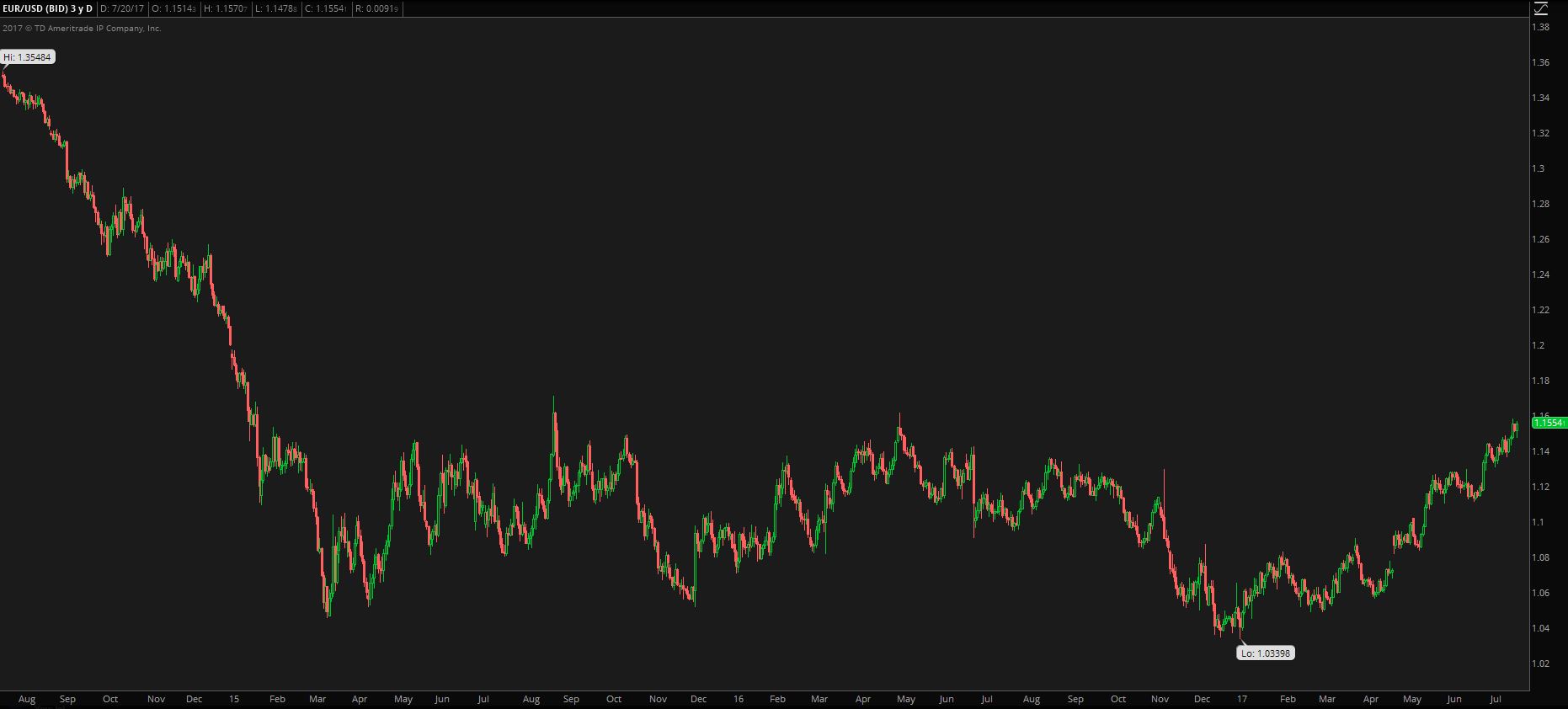When Something is Obvious
Courtesy of Michael Batnick
 One of the best descriptions of how intelligent investors behave comes from The General Theory of Employment, Interest and Money, which was written by John Maynard Keynes. In 1936, he said:
One of the best descriptions of how intelligent investors behave comes from The General Theory of Employment, Interest and Money, which was written by John Maynard Keynes. In 1936, he said:
“Professional investment may be likened to those newspaper competitions in which the competitors have to pick out the six prettiest faces from a hundred photographs, the prize being awarded to the competitor whose choice most nearly corresponds to the average preferences of the competitors as a whole; so that each competitor has to pick, not those faces which he himself finds prettiest, but those which he thinks likeliest to catch the fancy of the other competitor, all of whom are looking at the problem from the same point of view. It is not a case of choosing those which, to the best of one’s judgment, are really the prettiest. We have reached the third degree where we devote our intelligences to anticipating what average opinion expects the average opinion to be. And there are some, I believe, who pracitse the fourth, fifth and higher degrees.”
Keynes was likely the inspiration behind what Howard Marks refers to as first and second-level thinking. “First-level thinking says, ‘It’s a good company; let’s buy the stock.’ Second-level thinking says, ‘It’s a good company, but everyone thinks it’s a great company, and it’s not. So the stock’s overrated and overpriced; let’s sell.’
Along the same lines, Michael Mauboussin says, “Fundamentals are how fast the horse runs and expectations are the odds.” Okay. I’m done quoting people a lot smarter than me. Here’s how I think about this. I agree that many investors pay too much attention to how something has performed and too little attention to what the expectations are. But expectations for what? For earnings? For a new product or service? And whose expectations? And where can I find these expectations? And how often do they change? You can see how easy it is to get carried away and forget why we were drawn to it in the first place.
Let’s use Apple as an example. Am I buying Apple because it’s the best company in the world? Yes. Does everybody know it’s the best company in the world? Yes. Has it performed well over the last decade? Yes. Okay. So now what?
Over the last ten years, Apple has gained 950%. If you were using second level thinking, you could reasonably conclude that while it’s the fastest horse on the track, the odds are reflecting this. Turns out the odds were wrong, it’s up 32% year-to-date.
What got me thinking about this today was a tweet from Josh Demasi. Talking about the Euro, he wrote, “Have to think tactical shorts around 1.16 make sense, but so does everyone else…”
You don’t need to be proficient in technical analysis to see what he means. Every time the Euro got here, sellers came in. So to Josh’s point, it seems pretty obvious that you fade the strength, right? But everybody knows that. Too easy. So maybe you wait for a break above, and then you short. But what if the breakout sticks? Nah. Okay, so then just short right here. But everybody is shorting here! I know, that’s what I’m saying. So you wait for the false breakout, then the dip below 1.16 to shake out the weak hands, and that’s when you go long….
It’s simply in our nature to overthink things. But that raises another question. How do we know when we’re overthinking something? If something is obvious, there’s no reason to go to the second level. But everybody knows that already…




